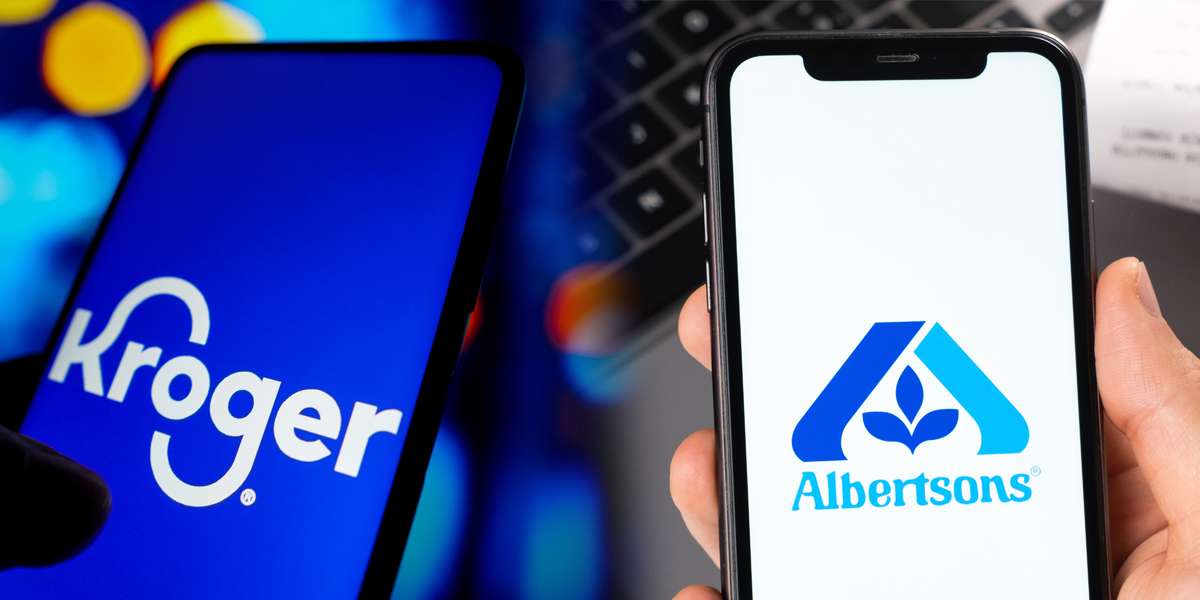Last week, Kroger and Albertsons announced a nearly $25 billion dollar plan to merge. If approved by regulators, the deal between the fifth and tenth largest retailers would be one of the biggest in US retail history.
The move could also signal big changes for CPG companies and their eCommerce and retail media efforts. Combining the chains' advertising networks transforms them into a single, big player in retail advertising.
 BOLD's Director of Retail Media, Sean Cuthbertson, says Kroger and Albertsons coming together is a huge move that will allow Kroger to not only rival the buying power of Walmart grocery but in media scale as well.
BOLD's Director of Retail Media, Sean Cuthbertson, says Kroger and Albertsons coming together is a huge move that will allow Kroger to not only rival the buying power of Walmart grocery but in media scale as well."Kroger's KPM and 84.51 have already created a successful media network but didn’t have the onsite scale and demand of some of the other Retail Media Networks (RMN) like Amazon, Walmart, Instacart," says Cuthbertson.
"Now with the acquisition of Albertsons brands they will have the ability to reach a lot more shoppers across the nation through one platform."
Cuthbertson addresses some of the biggest questions our clients have had about how this merger may effect CPG brands should it move forward:
What changes could be coming to the current media network for Kroger and Albertsons?
"I expect to see targeting and ad placements be one of the first pieces to come together in the acquisition. One of the caveats to this is what Albertsons Media Collective [AMC] is going to do with CitrusAd."I do think Kroger has better offerings with tactics but there are pieces from AMC with search keywords that KPM can learn from and hopefully build out. This will be a fun one to keep an eye on to see what stays and when you start seeing ABSCO banners popping up within Kroger targeting."
What's the potential customer impact from this proposed merger?
"Kroger buying power is now a real advantage and differentiator for them. As inflation and food costs are on the rise and consumers are worried about impending recession, price is more important than ever. With the two grocery giants coming together, ultimately Kroger will see savings in buying and hopefully those savings will be passed down to the consumer.
"From a consumer perspective this will give the shopper more options to buy. More inventory, more fulfillment options for OPD and ship to home. I do think this is a win for shopper especially if savings are passed down to the consumer vs. just hitting the bottom line.
"From a consumer perspective this will give the shopper more options to buy. More inventory, more fulfillment options for OPD and ship to home. I do think this is a win for shopper especially if savings are passed down to the consumer vs. just hitting the bottom line.
"Scale for brands, pricing and options for the consumer and buying leverage for the retailer has the potential to have both brands and shoppers win."
What are some possible watch-outs for mid-sized CPG brands?
"Because of the buying power now of Kroger, it’s likely that large brands will be able to give the biggest discounts in turn will want priority placement, advertising, etc. Midsize brand will need to look at new ways to support the retailer to rise above large brand pricing discounts."My advice to midsize companies is to invest into KPM and view your marketing, trade, and shopper dollars as one budget to show the holistic view of support you are giving to Kroger. Invest into their priority tactics.
"Mergers and acquisitions are tricky. Don’t expect this transition to be seamless especially with two established giants in the grocery world. Systems, pricing, logistics will be bumpy over the next year or two. Stay the course, stay close with your sales/broker teams to understand timing implications or disruptions."
What's next?
The companies have outlined a plan to complete the merger in 2024 but first comes the review by the Federal Trade Commission and other regulators - and some lawmakers have already called for the merger to be blocked.
The companies own dozens of chains between them, including Dillons, Safeway, Vons, Harris Teeter and Fred Meyer. As part of the proposed merger, they have pledged to divest themselves of hundreds of stores in areas where they overlap.





